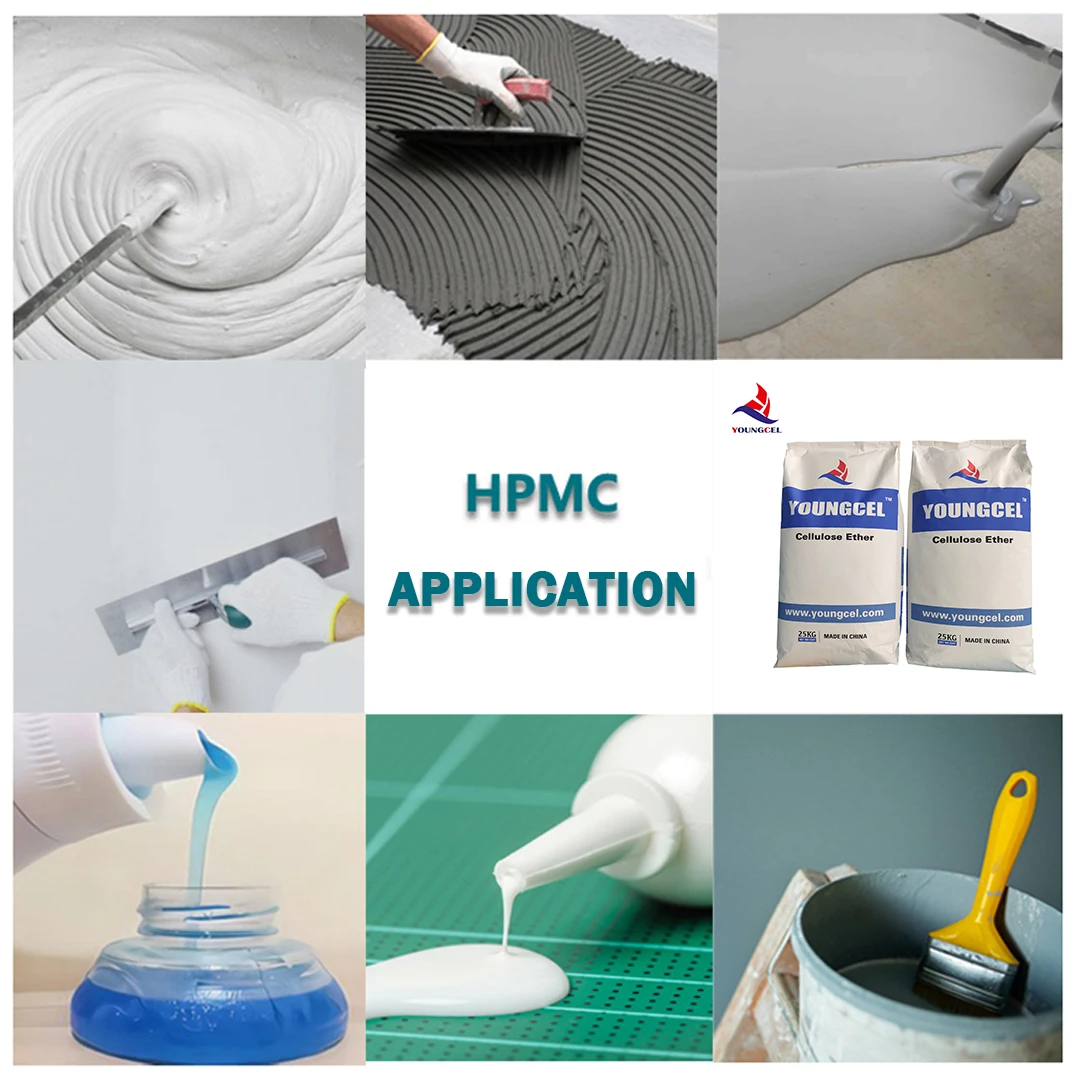Understanding HPMC Construct Grade A Comprehensive Guide
In the contemporary construction landscape, the choice of materials can significantly influence both the efficacy and sustainability of building projects. One material that has garnered attention in this context is Hydroxypropyl Methylcellulose (HPMC). Recognized for its versatility, HPMC is increasingly being utilized in various construction applications, particularly in the formulation of mortars, plasters, adhesives, and other building compounds. This article delves into the significance of HPMC construct grade, its properties, applications, and benefits, and why it is becoming an essential component in modern construction.
What is HPMC?
Hydroxypropyl Methylcellulose is a non-ionic, cellulose-based polymer that is derived from natural cellulose. It is modified to improve its properties, making it suitable for various applications. HPMC is renowned for its ability to retain water, enhance workability, and improve adhesion, which are crucial characteristics during construction tasks. The construct grade of HPMC refers specifically to formulations designed for use in construction-related products, ensuring optimal performance under building conditions.
Properties of HPMC Construct Grade
1. Water Retention One of the most desirable properties of HPMC is its exceptional water-retaining capability. This feature allows for longer workability times during application, particularly in hot and dry conditions. Cement-based products using HPMC maintain moisture longer, improving curing and ultimately enhancing the strength of the final product.
2. Viscosity Modifier HPMC acts as a viscosity modifier, which means it can adjust the thickness and flow of mixtures. This property is essential in achieving the desired consistency whether working with pastes, slurries, or powders.
3. Improved Adhesion The construct grade of HPMC significantly enhances the adhesion properties of mortars and adhesives. This is especially beneficial when working with porous substrates or in challenging environmental conditions.
4. Emulsifying and Stabilizing Agent HPMC helps in stabilizing the components of formulations, leading to homogenous mixtures that maintain their quality over time.
Applications of HPMC in Construction
Given its remarkable properties, HPMC construct grade finds applications across various domains in the construction industry
- Tile Adhesives HPMC is often incorporated into tile adhesives, improving their adhesion to different substrates and ensuring that tiles remain securely fixed in place.
hpmc construct grade

- Mortars and Plasters In cement-based mortars and plasters, HPMC enhances workability and water retention, allowing for smoother application and better finish.
- Self-Leveling Compounds The viscosity-modifying properties of HPMC make it an ideal component in self-leveling compounds, ensuring a consistent, flat surface
.- Construction Sealants HPMC can also be used in sealants, enhancing their flexibility and aiding in the prevention of moisture ingress.
Benefits of Using HPMC Construct Grade
The benefits of integrating HPMC into construction materials are myriad
1. Enhanced Performance The inclusion of HPMC leads to improved durability and performance of building materials, reducing the risk of failure over time.
2. Sustainability HPMC is derived from renewable resources, aligning with current trends towards sustainable construction practices.
3. Cost-Effectiveness While HPMC may add marginal costs to formulations, the improved performance can lead to savings in terms of reduced maintenance and longer service life of constructed elements.
4. Versatility and Flexibility HPMC can be tailored for specific applications, making it a flexible choice for multiple construction scenarios.
Conclusion
In summary, HPMC construct grade is a critical component in the modern construction industry, offering significant advantages in terms of performance, sustainability, and cost-effectiveness. Its unique properties, such as water retention, viscosity modification, and enhanced adhesion, make it an indispensable material for a wide range of applications. As construction practices continue to evolve towards greater efficiency and sustainability, the role of materials like HPMC will only become more paramount. Embracing such innovations is essential for those looking to remain competitive in the dynamic landscape of construction.
-
A Comprehensive Guide to Methyl Ethyl Hydroxyethyl Cellulose: Applications and Industry InsightsNewsNov.24,2025
-
Understanding Methyl 2 Hydroxyethyl Cellulose: Uses, Benefits & Industry InsightsNewsNov.24,2025
-
Hydroxyethyl Methyl Cellulose HEMC: Industrial Uses, Benefits & Future TrendsNewsNov.23,2025
-
HEMC Cellulose: Versatile & Sustainable Industrial Polymer | YoungcelNewsNov.23,2025
-
Methyl Hydroxyethyl Cellulose: Versatile Building Block for Industry & SustainabilityNewsNov.23,2025
-
CAS 9032 42 2: Understanding Polyvinyl Alcohol's Impact on Industry & SustainabilityNewsNov.22,2025




